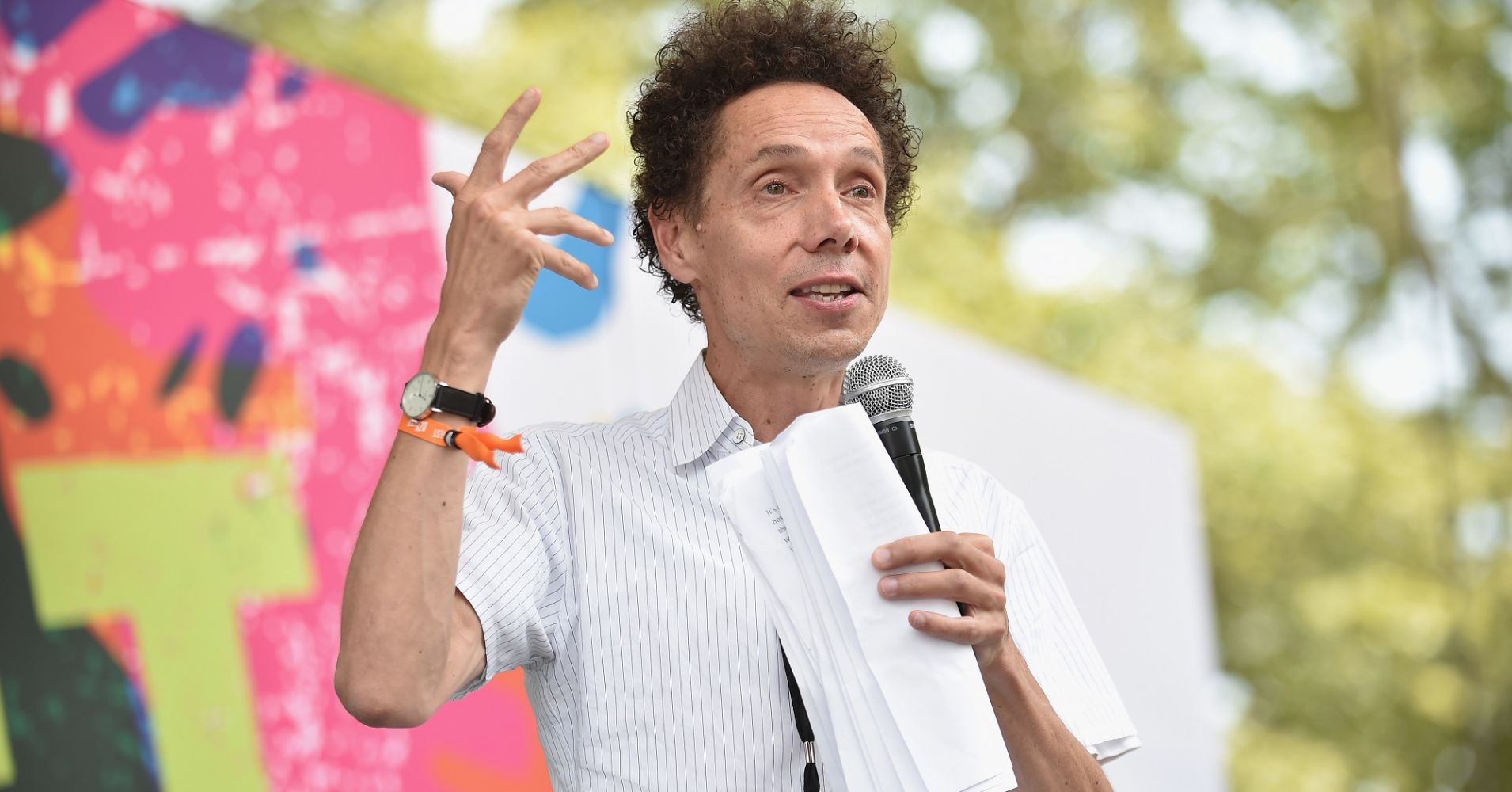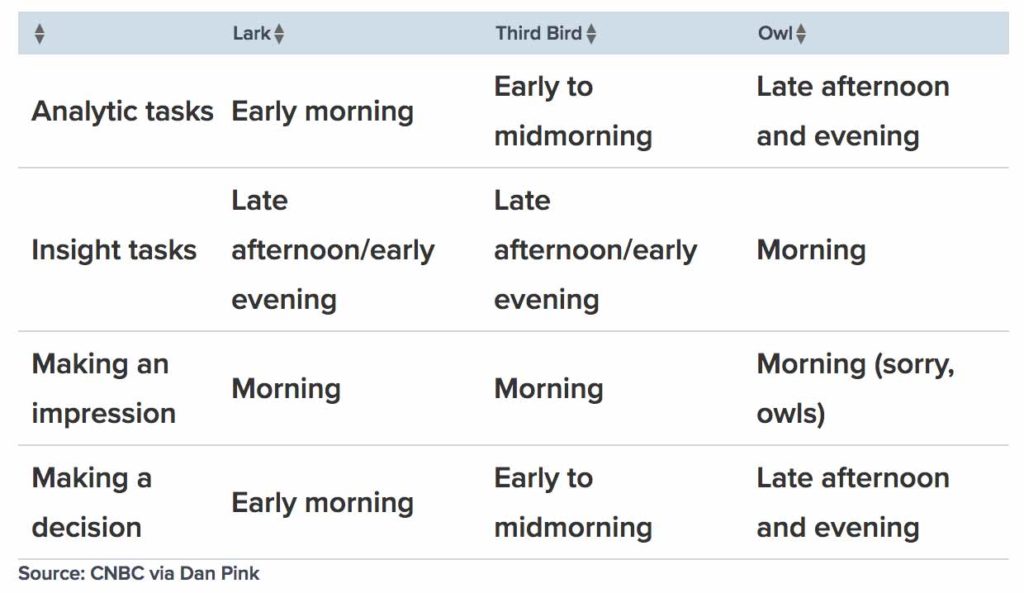
Why Malcolm Gladwell avoids email, social media and exercise during this time of day
Article Originally Published by: cnbc.com
It’s possible your most important hours aren’t going toward your most important projects. That was the realization for Malcolm Gladwell. The best-selling author found he was spending his most productive hours — the morning hours — on tasks that weren’t his top priority. As a result, he avoids all distractions — even if they’re good for him (like exercise) or important (like email) — until the afternoon and evening. According to experts, timing your projects to how you work best can lead you to success.
“I shouldn’t squander my most productive hours on other activities, so I don’t schedule anything in the morning, I don’t meet people in the morning, I don’t exercise in the morning,” he tells media mogul and Thrive Global CEO Arianna Huffington in a recent Thrive Global podcast episode.
For Gladwell, the first three hours of the day are the most important and, as a result, the most productive. “I don’t really answer much email in the morning unless it’s crucial,” he adds. “My phone becomes a part of my life in the afternoons.”
Management and behavioral science expert Daniel Pink agrees. “All times of day are not created equal.”
In a single day we go through three stages, Pink explains. For most people, a typical day looks like this:
- Morning: Peak, our mood rises.
- Mid-afternoon: Trough, our mood declines.
- Early evening: Recovery, our mood bounces back.
However, some people experience their day with the stages in reverse: recovery, trough and peak. Your performance, as Pink explains in a previous interview with CNBC Make It, “varies considerably over the course of the day, and what task to do at a certain time really depends on the nature of the task.”
The order in which you experience these stages depends on your chronotype, or your personal pattern of circadian rhythms. Understanding whether you are a morning person (a “lark”), an evening person (an “owl”), or something in between (a “third bird”), is the secret to becoming a high performer, says Pink.
Determining which applies to you rests in your sleep patterns. To know for sure, figure out where the midpoint of your sleep cycle falls on ‘free days’ or days when you don’t have to wake up to an alarm clock. This will most likely be on your days off or during the weekend.
- If your midpoint falls at 3:30 a.m. or earlier, you’re probably a lark.
- If your midpoint of sleep is 5:30 a.m. or later, you’re probably an owl.
- If your midpoint is somewhere in between, you’re probably a third bird.
As a result, your chronotype also determines the optimal time to tackle a task. For example, performing analytic tasks is easier for larks in the morning, but easier for owls in the late afternoon or evening. When it comes to making decisions, larks find this easier in the early morning, while owls might wait until the afternoon or evening.
The chart below details a science-backed way to match tasks with every stage of the day.





